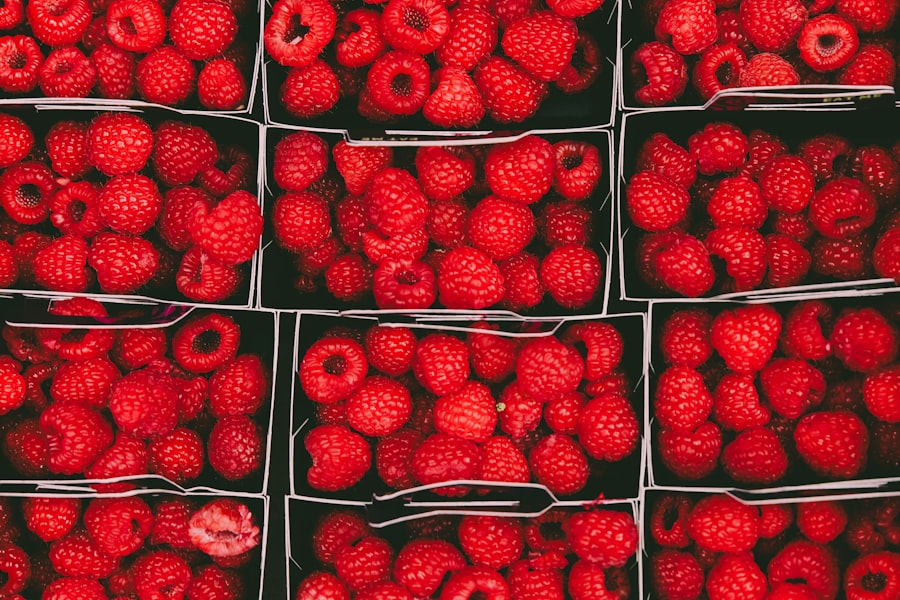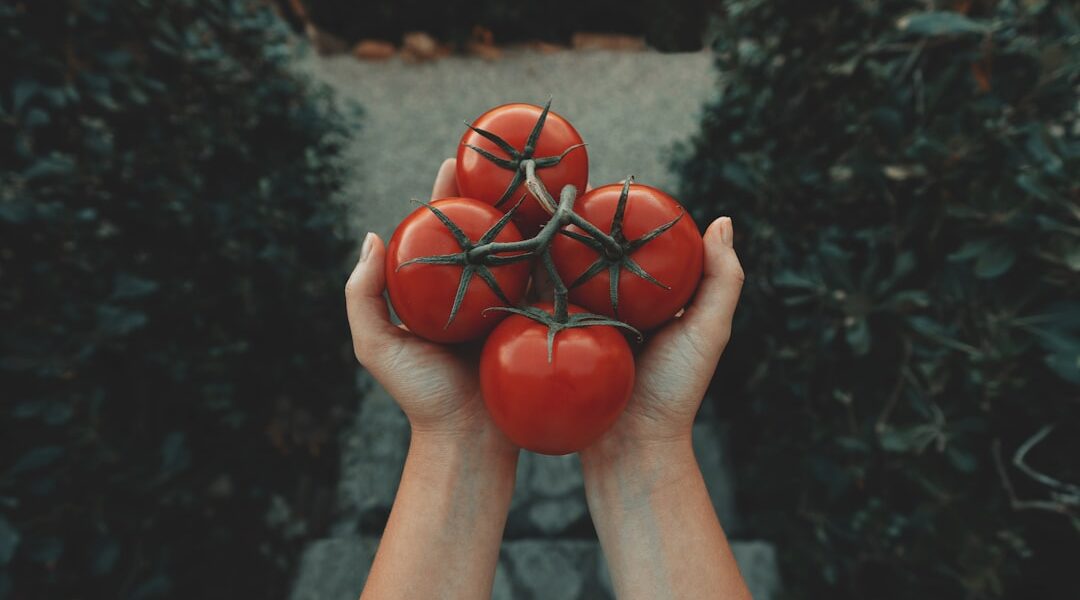The world of agriculture is rich with diversity, particularly when it comes to the cultivation of fruits and vegetables. Among the myriad of options available to farmers and consumers alike, the J and H varieties stand out for their unique characteristics and applications. These varieties, often cultivated for their specific traits, have garnered attention in both commercial farming and home gardening.
The J variety, known for its robust growth and adaptability, contrasts with the H variety, which is celebrated for its exquisite flavor and aroma. Understanding these two varieties is essential for anyone interested in horticulture, culinary arts, or simply making informed choices at the grocery store. The J variety typically thrives in a range of climates, making it a popular choice for farmers looking to maximize yield.
Its resilience against pests and diseases further enhances its appeal, allowing for a more sustainable farming approach. On the other hand, the H variety, while perhaps more delicate in its growing conditions, offers a depth of flavor that can elevate any dish. This article delves into the characteristics, cultivation practices, flavor profiles, culinary uses, and ultimately how to choose between these two fascinating varieties.
Characteristics of J and H Varieties
The J variety is characterized by its vigorous growth habit and high yield potential. It often features a robust root system that allows it to access nutrients and water efficiently, making it particularly suitable for less-than-ideal soil conditions. The foliage of the J variety is typically lush and green, providing ample photosynthetic capacity to support its growth.
Additionally, this variety is known for its resistance to common pests and diseases, which can significantly reduce the need for chemical interventions in farming practices. This resilience not only benefits farmers economically but also aligns with growing consumer demand for sustainably produced food. In contrast, the H variety is often smaller in stature but compensates with an intense flavor profile that has made it a favorite among chefs and food enthusiasts.
The plants tend to require more specific growing conditions, such as well-drained soil and consistent moisture levels. The H variety may also be more susceptible to certain pests and diseases, necessitating careful management practices. However, the payoff for this extra attention is substantial; the H variety often boasts a complex aroma that can enhance a wide range of culinary applications.
Its vibrant colors and unique textures also make it visually appealing, adding an aesthetic element to dishes that feature this variety.
Differences in Cultivation and Harvesting

When it comes to cultivation practices, the J variety is often favored for its straightforward growing requirements. Farmers can plant it in various soil types, and it generally requires less maintenance than its counterpart. The J variety can be sown directly into the ground or started indoors before being transplanted, providing flexibility in planting schedules.
Its growth cycle is relatively short, allowing for multiple harvests within a single growing season. This efficiency makes it an attractive option for commercial growers who aim to maximize their output. In contrast, cultivating the H variety demands a more nuanced approach.
Growers must pay close attention to environmental factors such as temperature, humidity, and soil composition. The H variety often benefits from organic farming practices that enhance soil health and promote biodiversity. Harvesting this variety requires careful timing; picking too early can result in underdeveloped flavors, while waiting too long may lead to overripeness.
The harvesting process itself can be labor-intensive, as each fruit or vegetable must be handled with care to avoid bruising or damage that could compromise its quality.
Flavor and Aroma Profiles
| Flavor and Aroma Profiles | Metrics |
|---|---|
| Intensity | High, Medium, Low |
| Complexity | Simple, Moderate, Complex |
| Balance | Balanced, Unbalanced |
| Duration | Short, Medium, Long |
The flavor profile of the J variety is often described as mild yet versatile, making it suitable for a wide array of culinary applications. Its subtle taste allows it to blend seamlessly into various dishes without overpowering other ingredients. This characteristic makes it an excellent choice for those who prefer a more understated flavor in their meals.
Additionally, the J variety’s texture tends to be firm and crisp, providing a satisfying bite that complements both raw and cooked preparations. On the other hand, the H variety is renowned for its bold and complex flavor profile. It often features a balance of sweetness and acidity that can elevate even the simplest of dishes.
The aroma of the H variety is equally captivating; it can range from floral notes to earthy undertones, depending on the specific cultivar and growing conditions. This aromatic quality not only enhances the eating experience but also makes the H variety a popular choice for infusing oils or creating flavored vinegars. Chefs often seek out the H variety specifically for its ability to add depth and character to their culinary creations.
Culinary Uses and Pairings
The culinary versatility of the J variety makes it a staple in many kitchens around the world. It can be used in salads, stir-fries, soups, and even as a base for sauces. Its mild flavor allows it to absorb spices and seasonings well, making it an ideal candidate for dishes that require a neutral backdrop.
For instance, when roasted with herbs and garlic, the J variety can take on new dimensions of flavor while still maintaining its integrity. Additionally, its firm texture holds up well during cooking processes that require longer cooking times. Conversely, the H variety shines in dishes where its unique flavor can be showcased.
It is often featured in gourmet recipes that highlight its aromatic qualities, such as in salads with citrus vinaigrettes or as a key ingredient in salsas that require a punch of flavor. The H variety pairs beautifully with rich proteins like duck or pork, where its acidity can cut through fat and enhance the overall dish. Furthermore, its vibrant colors make it an attractive addition to charcuterie boards or as a garnish on plated dishes, elevating both presentation and taste.
Choosing the Right Variety for Your Needs

Reliability and Versatility
If you are looking for a reliable crop that requires minimal maintenance and offers versatility in cooking applications, the J variety may be your best bet. Its resilience against pests and diseases makes it an excellent option for both novice gardeners and experienced farmers alike.
Flavor Complexity and Culinary Creativity
On the other hand, if your focus is on flavor complexity and culinary creativity, the H variety should not be overlooked. While it may require more attention during cultivation and harvesting, the rewards in terms of taste and aroma are significant.
Making Informed Decisions
Ultimately, your choice will depend on your specific needs—whether you prioritize ease of cultivation or seek to explore bold flavors in your cooking endeavors. Understanding these two varieties allows you to make informed decisions that align with your culinary goals or agricultural aspirations.




